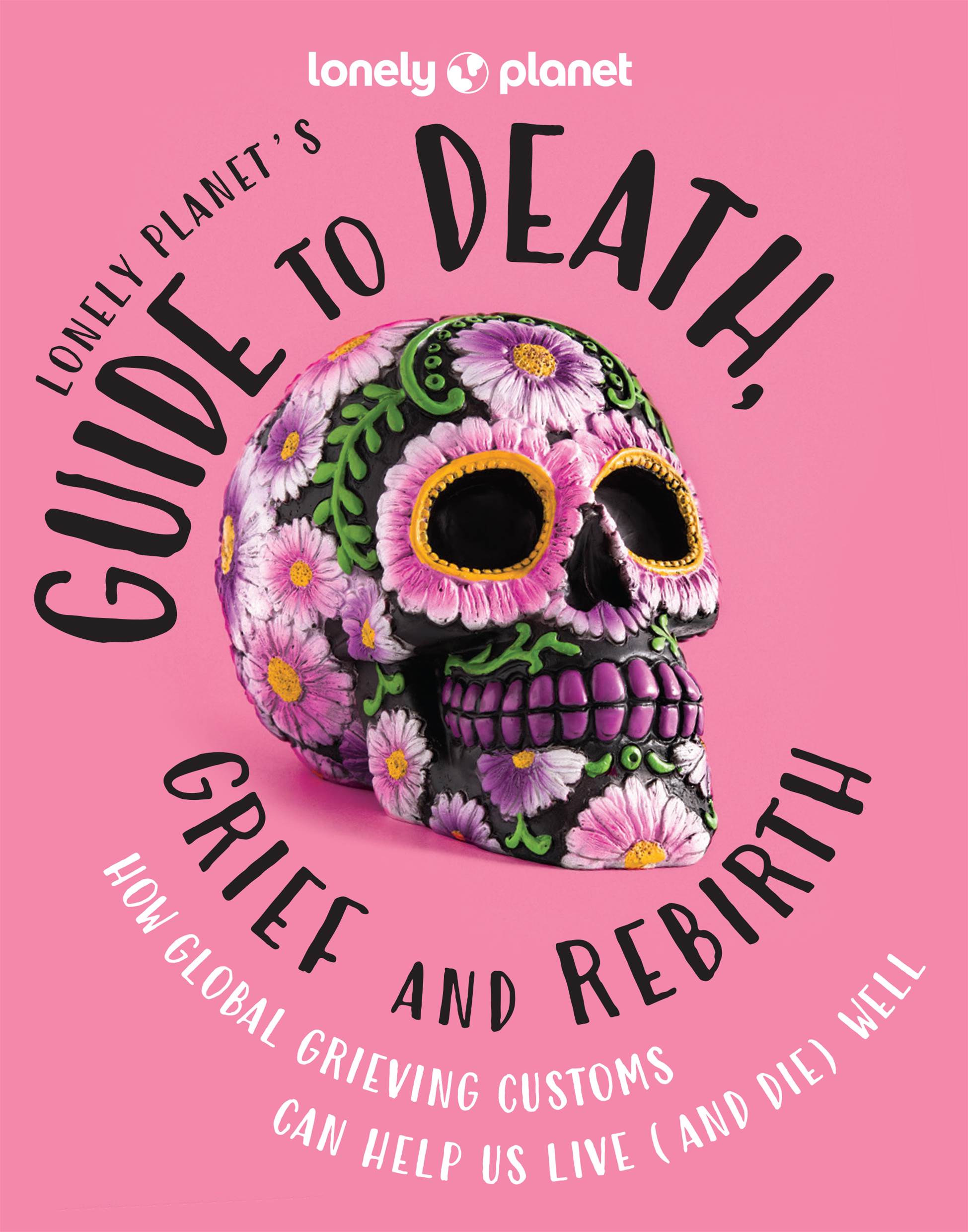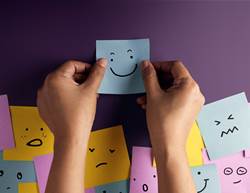Across multitudes of world cultures, a few things hold universally true. We live and die, celebrate and mourn, and we only begin to understand the whole strange journey the closer we get to the end. Here are six things I’ve learned about life and death while researching Lonely Planet’s latest book, the Guide to Death, Grief & Rebirth.
1. The deeper our awareness of death, the more passionately we live
My work as a travel writer has taken me to tropical islands, epic mountains and other beautiful, life-affirming locations. But it’s also taken me to places of profound sorrow: I’ve visited radioactive wastelands and written about histories of horror and injustice – it’s all in a day’s work.
But however harrowing it is to face our dark history, I’m convinced that visiting these places has enabled me to live more fully and honestly.
It was in Hiroshima, Japan, that I felt this most keenly. This Japanese city is almost synonymous with death and grief on a monumental scale, as one of the sites of the atomic bombings in World War II.
The city is literally overshadowed by the ruined Genbaku Dome, the only structure that survived the explosion in 1945. And yet there’s an effusive, welcoming culture, and people devote incredible energy towards peace activism. Being keenly aware of our mortality can inspire us to live rich, liberated lives, and to fight for a better world.

2. Remembering the dead can be sad, funny or anything in between
My preoccupation with dark history has led me into a lot of cemeteries: war memorials, ossuaries, mossy old graveyards, you name it. Not all of them are sad places.
Take Romania’s Merry Cemetery: it's a colourful burial ground where tombstones are decorated with rainbow-coloured cartoons. Among the sentimental portraits and tributes you will also see caricatures of people getting drunk or scolding their son-in-law.
The idea of remembering people in their gloriously flawed reality can be jarring if you’ve grown up with taboos about speaking ill of the dead. But there are so many cultures that interweave laughter and irreverence into their death customs. The Merry Cemetery is just one example; there are whiskey-soaked jokes at Irish wakes, and there's Gai Jatra in Nepal, a festival of remembrance that features drawn-on moustaches and stand-up comedians.
There’s a kaleidoscope of different emotions when we lose someone. And while heartbreak and sorrow need space, so do humour and the release of pure joy.
3. In times of loss, community is the only consolation
I was already interested in death and funeral customs around the world, then my own experiences of loss turned it into an obsession. I wanted to understand how other cultures grieved and how they celebrated the lives of the dead.
Being from a Polish-British background, where grief is equal parts vodka and stiff upper lip, I wanted to glean that wisdom for myself.
Coming from the buttoned-up UK, imagine how I felt the day I watched a riot of feather-clad dancers sweep through the French Quarter in New Orleans. This was no party, it was a New Orleans style funeral – attended not only by friends and family of the deceased but passers-by who joined the sparkling, shimmying fray.
Filled with joy and respect, people who had never met the deceased were joining the party, maybe dancing for their own lost loved ones, or dancing for themselves. Empathy for other people’s loss was a community project. None of us was alone.
4. We’re starting to radically rethink death and grief
As I devoured everything from spiritual texts to internet forums, I began to notice something incredible: a sea-change in modern conversations about death. Loss is no longer shoe-horned into a convenient theory about the stages of grief.
Across multiple communities and countries, there are so many of us who find modern-day funerals, and expectations around grieving, wholly inadequate. We’re looking to the expressive rituals of our ancestors, considering alternative methods of commemorating our dead, and building new online communities to cope.
In Australia, the Good Mourning podcast has grown into a social support network where raw, honest conversations about living with loss – the loneliness, confusion, even the physical symptoms – can be freely shared. We also see that openness in services like Violet, which empowers people caring for terminally ill loved ones, and the rise of end-of-life doulas, who guide people through the final stages of their lives.
As for funerals, the market for unique send-offs is growing – take Melbourne’s The Last Hurrah as an original (and eco-friendly) example. We’re more confident than ever in asking for funerals tailored to our beliefs and traditions, and to reflect our loved ones’ unique personalities.
5. Living with the dead is more powerful than letting go
On the Day of the Dead one year, I was walking around Potrero Del Sol park in San Francisco, not far from where I was living. This festival of remembrance originated in Mexico but it’s celebrated across the Americas, and parts of San Francisco almost glow orange with garlands of marigolds.
‘Day of the Dead’ might make you picture costumed processions and people adorned with skull makeup, and that’s often true – but it’s also an intimate meeting between the living and the dead. All across the park, families had set up altars in memory of their loved ones. Many attendees were deep in their grief. They were reviving sensory memories of the departed by gathering up their old perfumes, sportswear and favourite beers.
Walking around the different altars felt like meeting the dead as they were in life rather than walking past the cold etchings on their tombstones. It’s a tangible way for the dead to live on, just like they do in our minds.

6. The only thing that defies death is human creativity
We all live alongside the dead, especially just after a loss. When we grieve, we talk about the dead as if they might step into the room. We even imagine their stern rebuttals or peals of laughter in conversations they’re absent from.
Around the world, people have found an extraordinary variety of ways to live with the dead. Often these are festivals like Day of the Dead, and sometimes they’re more literal – like holding Korean cremation beads or even mummifying our loved ones, from ancient Egypt to the present day in some remote areas of Papua New Guinea.
To many of us, death is a place of no return, an unbridgeable gap… yet here we all are, endlessly bridging it with remembrance and celebration. That’s human ingenuity for you: more eternal and persistent than death itself.

Lonely Planet’s Guide to Death, Grief & Rebirth is out at all good bookstores now.



_(1)_(1)_(1).jpg&h=90&w=90&c=1&s=1)






